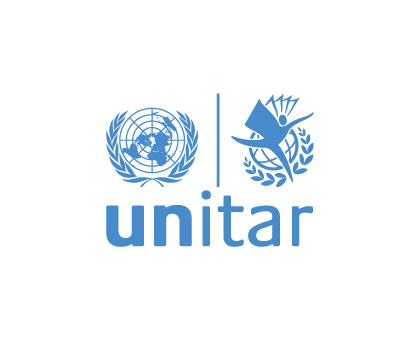
Geo-information in Support of Humanitarian Emergencies
When disasters strike, the first thing the international early response community needs is information: What has happened, where did it happen, what is the effect, what response is needed and so on. Not only can satellite imagery taken immediately after an event like an earthquake or tropical cyclone show what has happened through images of destroyed infrastructure or flood surge, but with their inherent geo-coding, one can tell immediately where the event took place and the apparent magnitude and impact of the disaster. This is key information for an efficient planning and coordination of emergency response operations as well as to perform a GIS based preliminary impact and damage assessment.
The aim of the lecture is to provide participants with basic concepts and case examples in the use of Geospatial Information Technology (GIT) for emergency response (impact analysis and preliminary damage assessment).
At the end of the lecture participants should be able to:
• Define and describe basic concepts and terminology related to Geographic Information System (GIS) and Remote Sensing (RS);
• Explain advantages and limitations of using GIT in support of humanitarian assistance during major disaster events;
The lecture is delivered on-line with presentations of concepts & applications, case studies and demos relative to the role of GIT to support emergency response mapping. This lecture includes 4 sessions. Duration: 3 hours
Participants live up to the Master of Disaster Management admission criteria. It is recommended that participants attending the lecture have a working knowledge of English with interest in Geospatial Information Technology applications.

